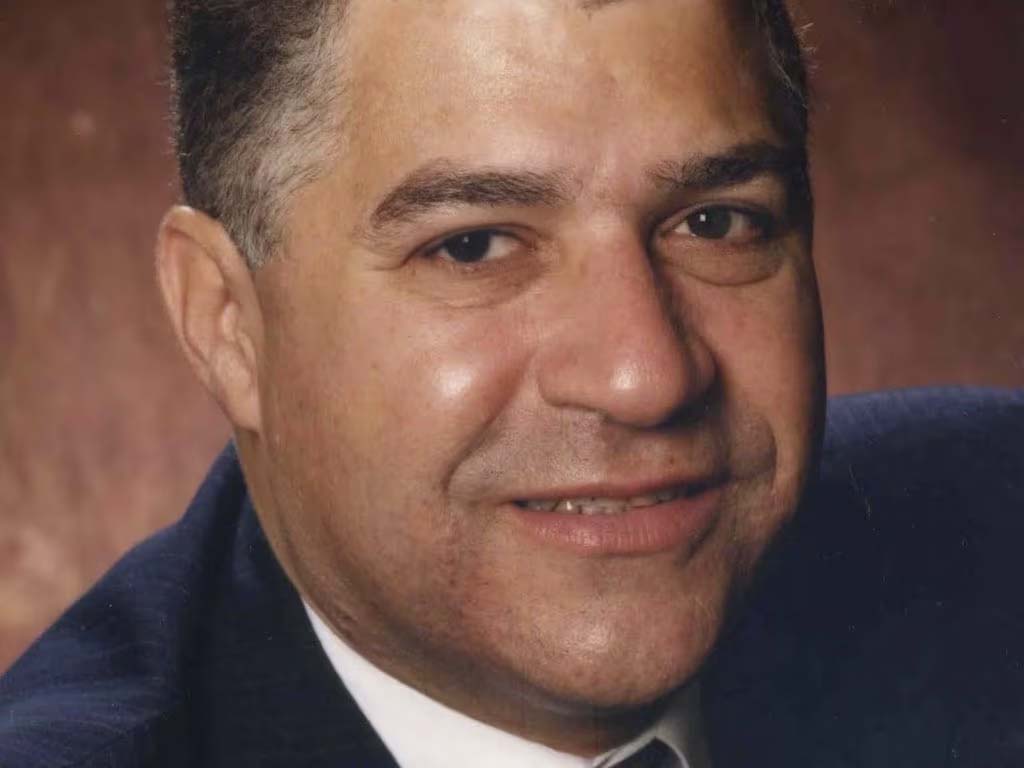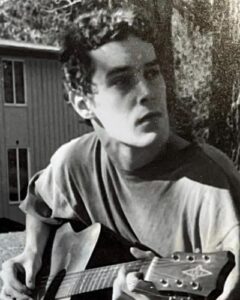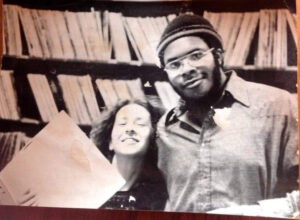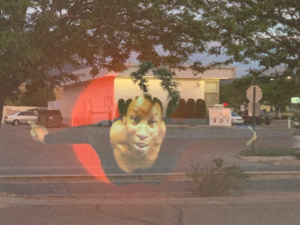Collaboration:
Two writers in the ‘Bad Art Room’
“We must not see any person as an abstraction. Instead, we must see in every person a universe with its own secrets, with its own treasures, with its own sources of anguish, and with some measure of triumph.” – Elie Wiesel
Introduction
Collaboration among writers is important because each of us contains so many worlds, from our own experiences to the books we’ve read in slightly different ways.
This is a story of two writers, Nicole Bade and Theresa Barker, who met in the winter of 2013 at Fort Worden in Port Townsend, Washington, and who have extended their individual writing work into collaborative efforts that have sparked imagination and creativity. Here we discuss our individual writing paths and how those paths led up to the collaboration we are now engaged in.
Nicole “My imagination makes me human and it makes me a fool; it gives me all the world, and exiles me from it.” -Ursula K. Le Guin It was me. I broke the croquet set. How else was I supposed to make a light saber? | Theresa “If you haven’t surprised yourself, you haven’t written.” – Eudora Welty Like so many of us, I had fallen in love with reading from a young age, especially with books that took me to imaginative worlds. The Wizard of Oz, The Chronicles of Narnia, The Hobbit. Edward Eager’s Half-Magic series. Lloyd Alexander’s Chronicles of Prydain. I devoured these and many other books of the imagination. How I longed to live in those magical worlds I read about! Find the way to Oz. Discover an old wardrobe filled with fur coats that led to an enchanted place. Wander into a magical garden through a secret door with a lost key. |
And now you’re here. Welcome.
Collaboration matters because we’re all crazy little primordial soups of experience, stories, dream and imagination waiting for lightning to spark some life. When the soup does start to move it’s always a little bit different than I’ve envisioned. It doesn’t do what I tell it too, though if I’m very lucky, it’s open to suggestion. To make lightning requires energetic transfer between the heavens and the earth. Other people are a good form of energetic transfer. By rubbing against each other we create friction be itembrace, verbal sparring, or fisticuffs. Sometimes those other people are made of flesh and blood, sometimes they are books. I began collaborating with Theresa Barker in my last year at Goddard. I had been exiled from my studio apartment after my cats discovered biting my power cable got me to stop writing. The kitties were okay but seven hundred dollars in chargers later, I took refuge in local coffee shops and began meeting Theresain the ‘Bad Art Room’ of Cafe Racer twice a week. | Writing is a solitary endeavor. When we think about writing, we probably all picture the lone writer in his/her/their study/attic/local coffee shop scratching away on a yellow pad/laptop/typewriter. That’s how the writing gets done, right? Hemingway wrote by himself in his rented workroom in Paris. But he also met up with other writers – Scott Fitzgerald, Gertrude Stein, Ford Maddox Ford – to talk about writing, to comment on theirs and his writing and to compare notes on the business of writing. |
Collaborations
The Girl in the Black Raincoat
We‘re putting out a call for submissions to a writers’ anthology, “The Girl in the Black Raincoat.” The collection is open to any type of writing or art from Goddard students and alums. Deadline for submissions is October 31, 2015. Submit!
https://thegirlintheblackraincoat.wordpress.com
Two Hour Transport
A monthly Speculative Fiction & SF/F reading series in Seattle. One hour of Open Mic readings, followed by one hour of Invited Reader performances. Join us the fourth Wednesday of each month at Cafe Racer.
https://www.facebook.com/twohourtransport?fref=ts
https://twohourtransport.wordpress.com/
Nicole Bade explores the limits of language and information through creative writing and Linux/Unix administration. She enjoys the cadence of sentences, the secretive thrill of jargon and the transformation of story.
Theresa J. Barker was born in Tucson, Arizona, and she has lived in Seattle for most of her life. She writes science fiction and poetry, and she earned her MFA in Creative Writing from Goddard College in 2015. She has three children and three cats, all of whom live imaginative and independent lives, to her great delight. Theresa is also a mathematician with a Ph.D. in Engineering, and she is studying piano jazz.









